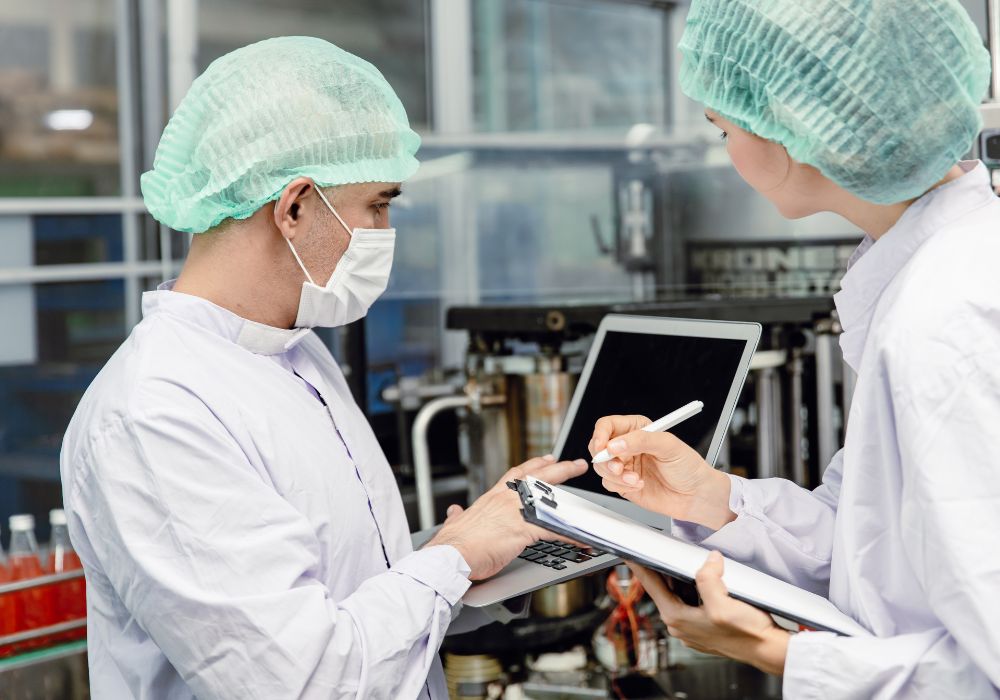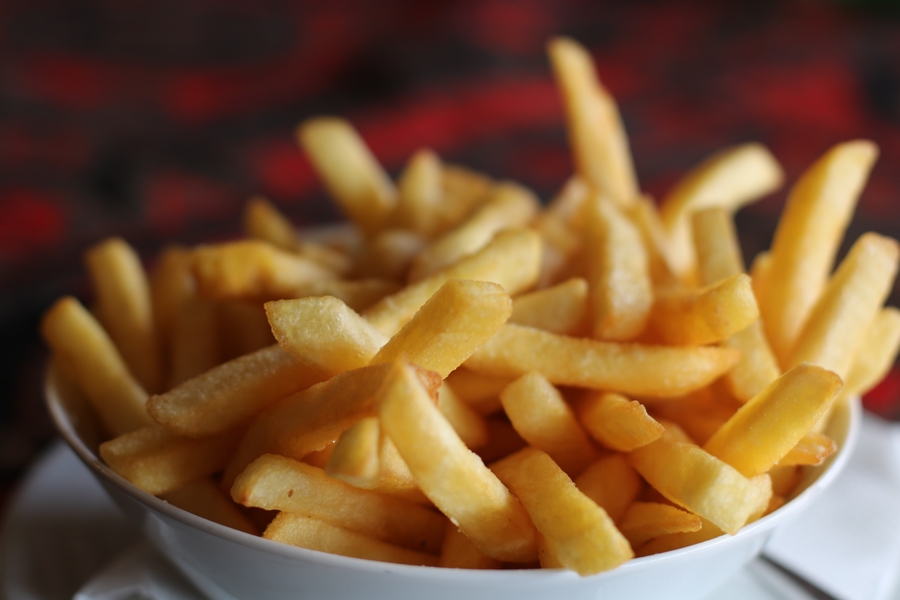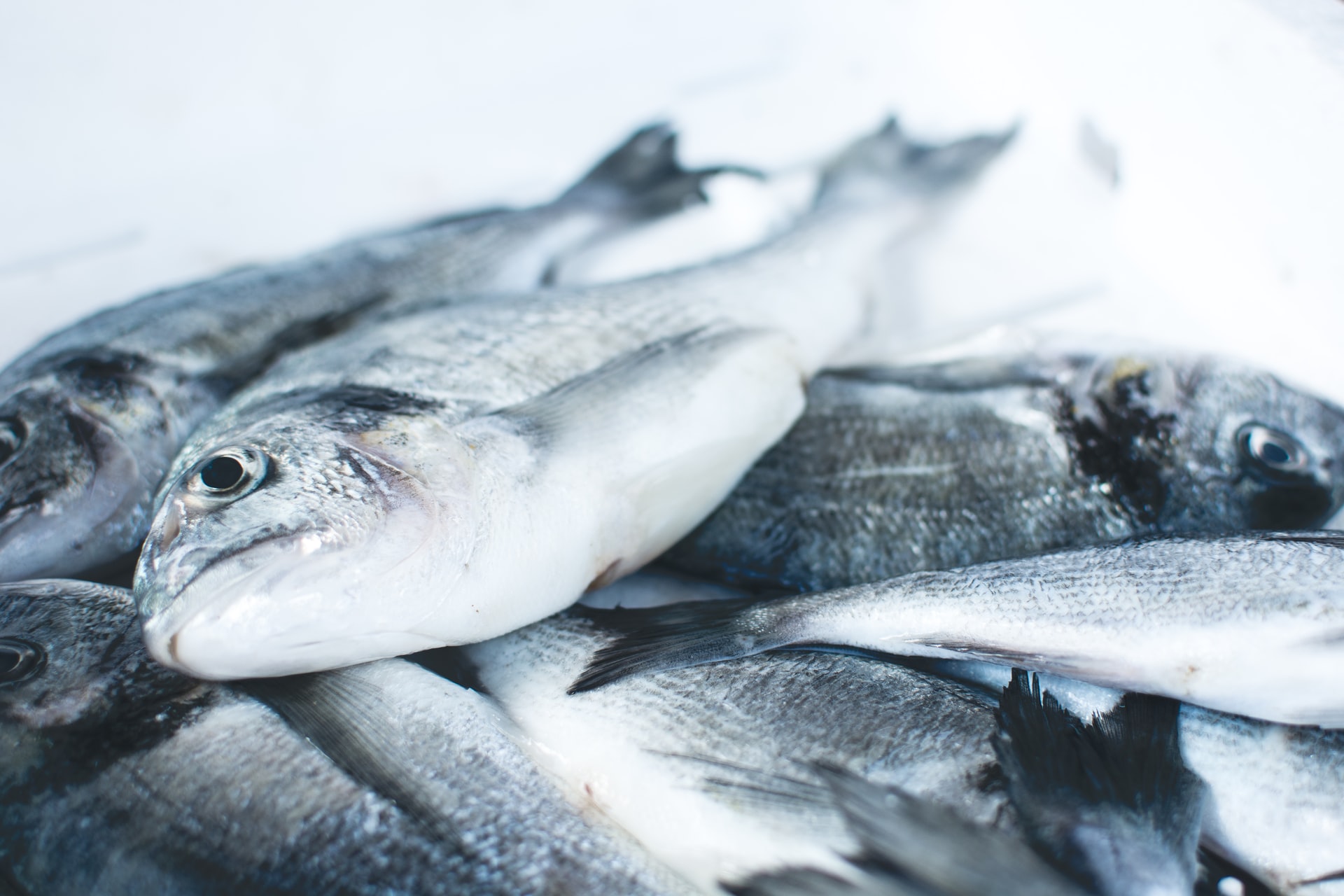Health and safety are essential to the smooth operation of any food business. A safe, hygienic kitchen protects staff, customers, and the long-term reputation of your brand. Neglecting safety protocols can result in serious consequences—ranging from workplace injuries and food contamination to costly legal action.
In the UK, strict health and safety regulations govern commercial kitchens. Compliance isn’t optional; it’s a legal and moral responsibility. By implementing best practices, food business operators can create a secure and efficient working environment while upholding high standards of hygiene and care.
Why Health and Safety Matter in the Kitchen
Ignoring health and safety in a commercial kitchen can lead to significant harm. Hazardous conditions increase the risk of slips, burns, cuts, and even life-threatening illnesses caused by poor hygiene. These incidents not only endanger staff but can also impact customers and damage the business’s reputation.
A well-designed and safety-focused kitchen brings a number of important benefits:
- Reduced workplace accidents and staff injuries
- Compliance with legal obligations and industry regulations
- Improved workflow, efficiency, and productivity
- Protection of customers from foodborne illnesses and contamination
Employers have a responsibility to ensure that all kitchen staff are trained in safety procedures, understand how to use equipment properly, and follow strict hygiene standards at all times. Failing to do so can result in legal penalties and business disruption.
Common Health and Safety Hazards in Commercial Kitchens
Kitchens are fast-paced, high-risk environments. Recognising and managing potential hazards is a key part of maintaining a safe workplace. Some of the most common risks include:
Slips and trips: Often caused by wet floors, spills, or poor housekeeping. These can be prevented by regular cleaning, using non-slip mats, and keeping walkways clear.
Burns and scalds: Hot oil, steam, and heated surfaces pose a constant danger. Protective equipment, proper handling procedures, and staff awareness are crucial.
Cuts and knife injuries: Sharp knives are essential tools but can cause serious harm if mishandled. Staff should be trained in safe cutting techniques and use protective gear where needed.
Electrical hazards: Faulty equipment or improper use of appliances can lead to shocks or fires. Regular equipment maintenance and inspections are necessary.
Fire risks: Grease build-up, unattended cooking, and malfunctioning appliances all pose fire hazards. Kitchens should have fire suppression systems, fire blankets, and clear emergency protocols in place.
Poor hygiene practices: Cross contamination, dirty surfaces, and improper food storage can lead to foodborne illnesses. Regular cleaning schedules and hygiene training are essential for all staff.
Health and Safety Rules in the Kitchen
To maintain a safe and efficient kitchen environment, it is crucial to adhere to essential health and safety rules in the kitchen:
Proper Food Storage and Handling
- Store raw and cooked foods separately to prevent cross-contamination.
- Keep perishable foods at the correct temperatures.
- Label and date food items to ensure freshness.
Safe Use of Kitchen Equipment
- Train staff on the correct use of knives, ovens, fryers, and other equipment.
- Ensure all electrical appliances are in good working condition.
- Regularly inspect and maintain kitchen machinery.
Personal Protective Equipment (PPE)
- Provide non-slip footwear, gloves, and aprons for kitchen staff.
- Ensure proper use of PPE to reduce risks of burns, cuts, and slips.
Cleaning and Hygiene Protocols
- Implement a strict cleaning schedule for surfaces, utensils, and kitchen tools.
- Use food-safe cleaning products to maintain hygiene standards.
- Ensure employees maintain personal hygiene, including regular handwashing.
Emergency Procedures
- Train staff on fire safety protocols, including how to use extinguishers and evacuation procedures.
- Keep first aid kits readily accessible.
- Ensure emergency exits are clear and well-marked.
Health and Safety in the Kitchen UK: Legal Requirements
- UK law mandates strict safety protocols for commercial kitchens. Businesses must comply with the following regulations:
- The Health and Safety at Work Act 1974: Requires employers to provide a safe working environment and proper staff training.
- Food Safety Act 1990: Ensures food businesses maintain high hygiene standards to prevent contamination.
- The Food Hygiene Regulations 2006: Outlines specific hygiene practices that food businesses must follow.
- Hazard Analysis and Critical Control Points (HACCP): A system to identify and control potential food safety hazards.
Employers and employees share responsibility for maintaining safety standards. Regular risk assessments help identify potential hazards and implement preventive measures. Training staff in food hygiene and safety practices is essential for compliance and operational success.
Best Practices for Maintaining a Safe Commercial Kitchen
To maintain a consistently safe and efficient kitchen, food businesses should adopt clear safety protocols and embed them into their daily operations. Below are some key best practices that support a secure and hygienic working environment:
Regular Safety Inspections
Routine inspections help identify potential hazards before they lead to accidents or disruptions.
- Conduct regular walk-throughs of the kitchen to check for spills, faulty equipment, or unsafe practices.
- Keep thorough records of all inspections, including any corrective actions taken.
- Review findings regularly to spot patterns and improve long-term safety performance.
Fostering a Safety-First Culture Among Staff
A strong safety culture ensures that all team members take ownership of workplace health and hygiene.
- Encourage staff to take a proactive approach to identifying and reporting risks.
- Make it easy for employees to flag safety concerns without fear of blame or pushback.
- Provide ongoing training and refresher courses to keep safety knowledge current and front of mind.
The Role of High-Quality Cooking Oil in Kitchen Safety
Cooking oil isn’t just about flavour—it also plays a role in overall kitchen safety and hygiene.
- Using a high-quality oil like Frymax reduces the risk of oil breakdown, smoking, and contamination.
- Proper oil management—including regular filtering and scheduled disposal—minimises the build-up of food debris and off-odours.
- Clean, well-maintained oil contributes to a safer cooking environment by lowering the chance of flare-ups, spills, and burns.
Conclusion
Health and safety in the kitchen should be a top priority for food businesses. Understanding potential hazards, implementing health and safety rules in the kitchen, and complying with UK regulations are essential for maintaining a secure and efficient working environment.
Continuous staff training, proper use of PPE, and adherence to hygiene protocols help reduce risks and improve operational efficiency. Additionally, choosing high-quality cooking oils, such as sold at Frymax, contributes to a safer and more hygienic kitchen.
By prioritising safety, businesses can protect their staff, customers, and reputation while ensuring compliance with UK laws. Explore Frymax’s high-quality cooking oils to enhance safety and maintain a cleaner, more efficient kitchen environment.
For more information, don’t hesitate to get in contact with the helpful Frymax team.
Become a Frymax member today to gain access to exclusive content, expert frying advice and the chance to enter our fantastic competitions.






